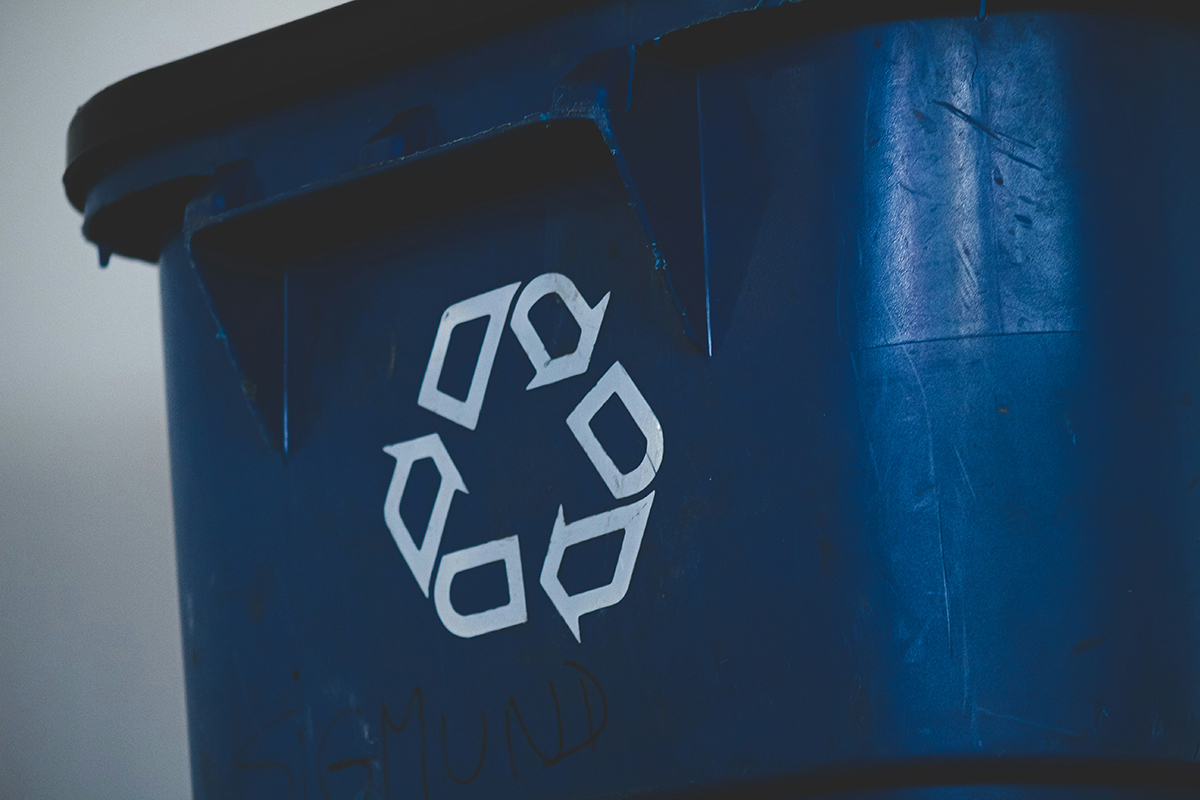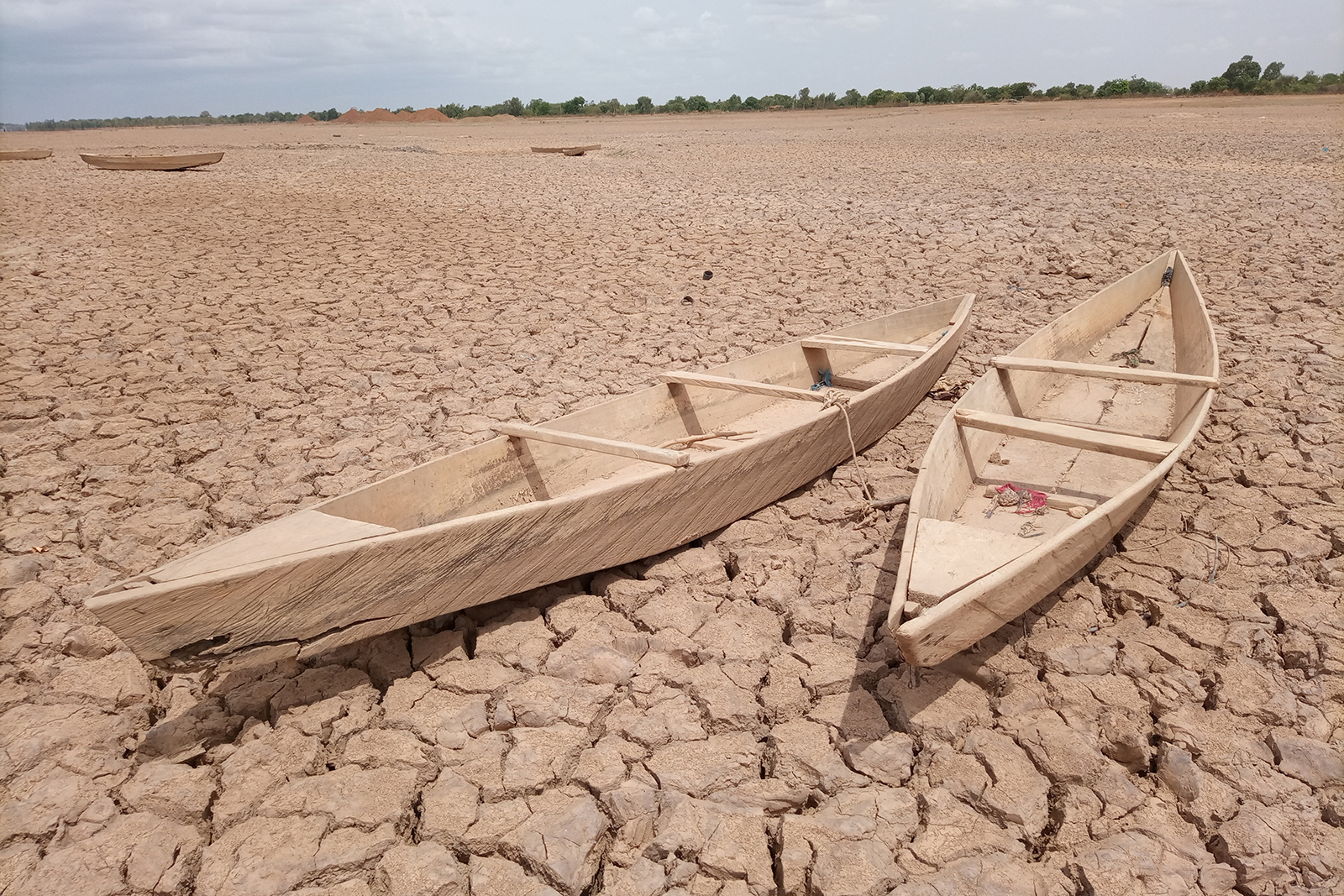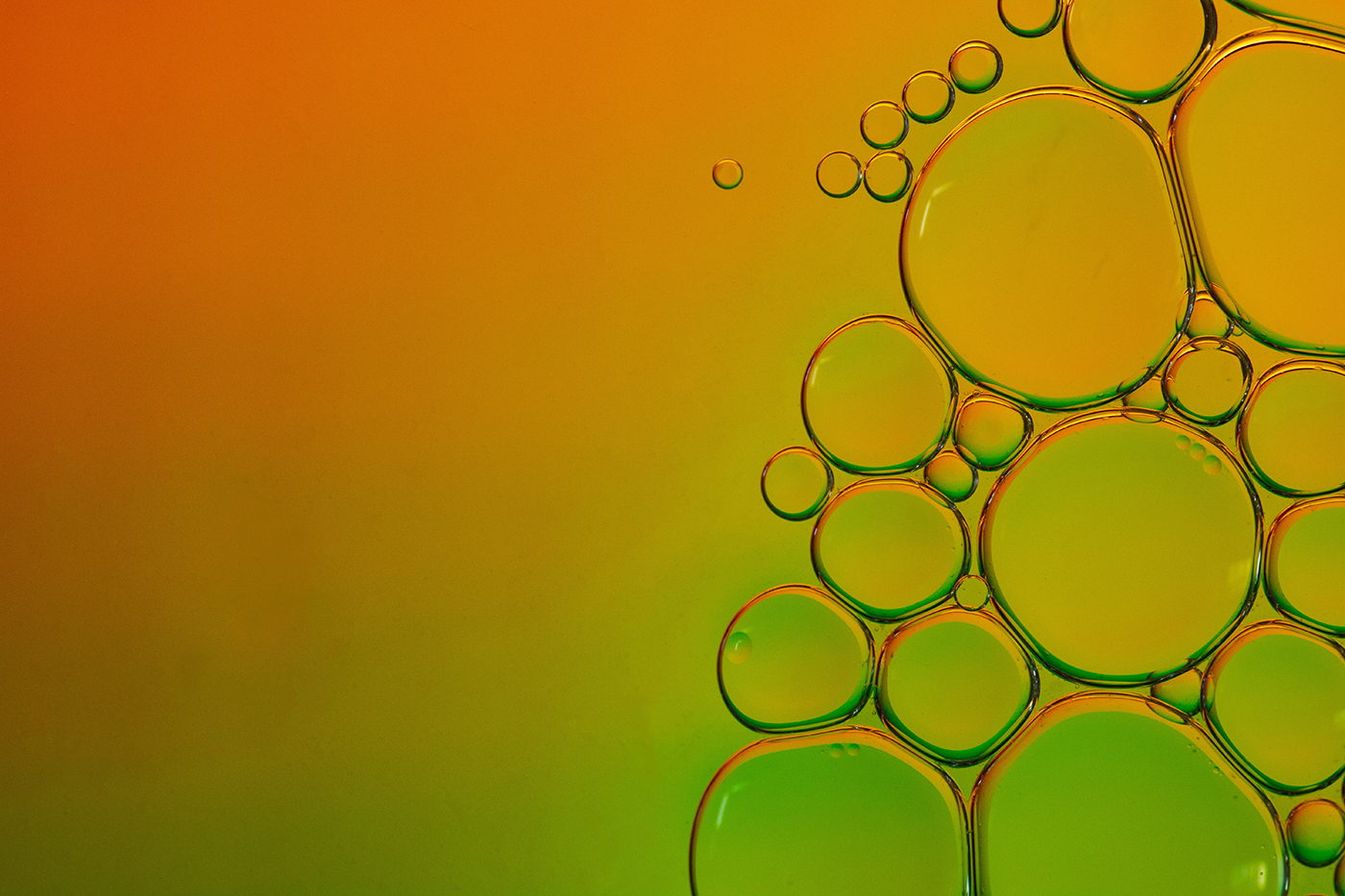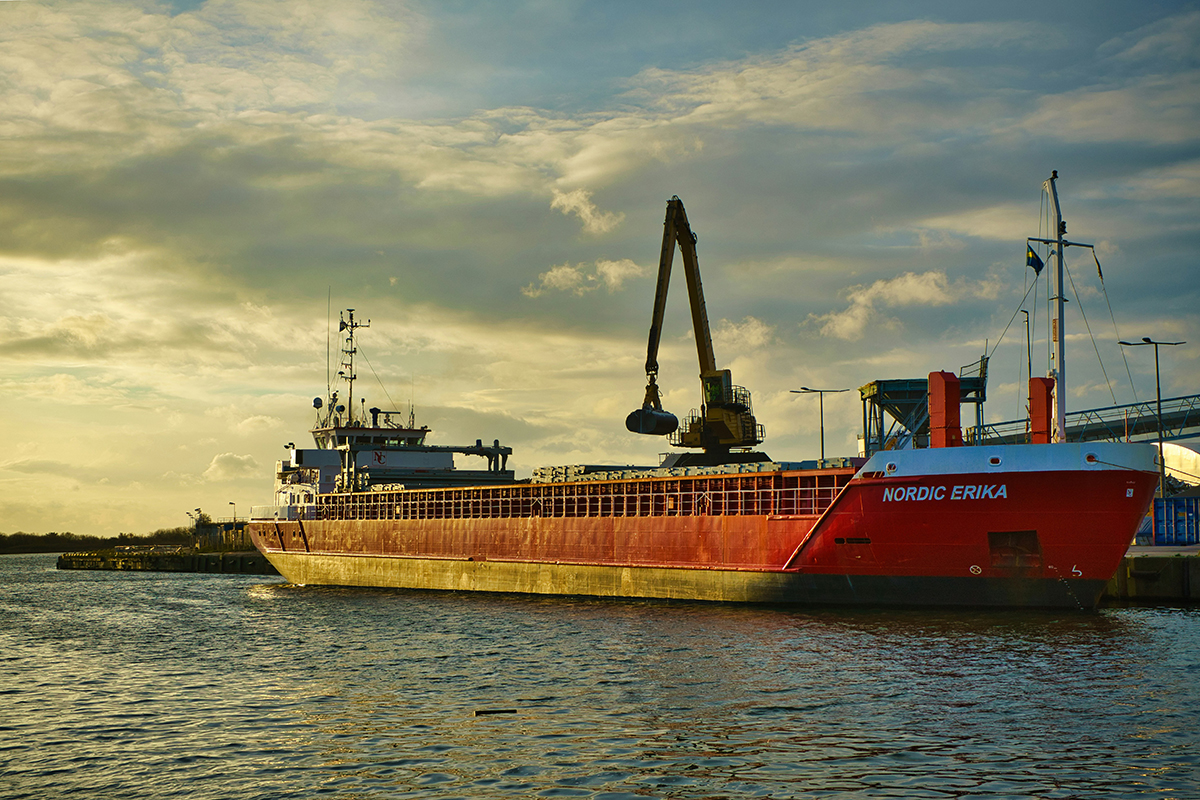Circularity & Waste
How does textile production affect our environment?
Textile production affects the environment negatively through vast use of land for the production of biological fibers (cotton or cellulose), the use of fossils for the production of synthetic fibers, transports, and the use of energy and chemicals in textile factories. Globally, the production of textiles comes in third place in terms of water use and land use. Textile production is calculated to be responsible for about 20 % of global clean water pollution, due to dyeing and finishing the products. Extending the lifespan of textiles is therefore very important for the environment.
How does the textile service industry contribute to circularity?
In the textile service industry, textiles are used efficiently by the same textiles being gently washed, repaired if necessary and can be returned to the customer many, many times. More and more laundries today have circular solutions for textiles that can no longer be returned to customers.
Some concepts:
Reuse: Textiles are reused by re-sewing.
Recycling: Textiles are processed so that the fibers in them can be used for materials that can then become new textiles or other products.
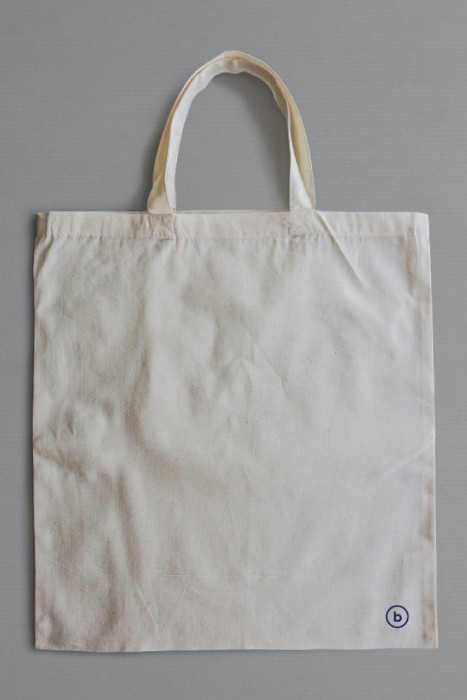
Image: Unsplash
Case: Reuse of textile
Stormie Poodle and Resused Remade are two examples of companies that receive used textiles from several different laundries and transform them into new textiles. Cloth bags, bathrobes, toiletries, hair ties etc. are made from bed linen and bath towels.
You are part of something bigger
Every European throws away 11 kg of textiles annually. By ensuring gentle washing, effective stain removal and repairs that make textiles last a long time, you who work in the textile service industry contribute to reducing the amount of textiles that become waste.
You also contribute by managing waste correctly so that it can be recycled and reused.
Image: Unsplash
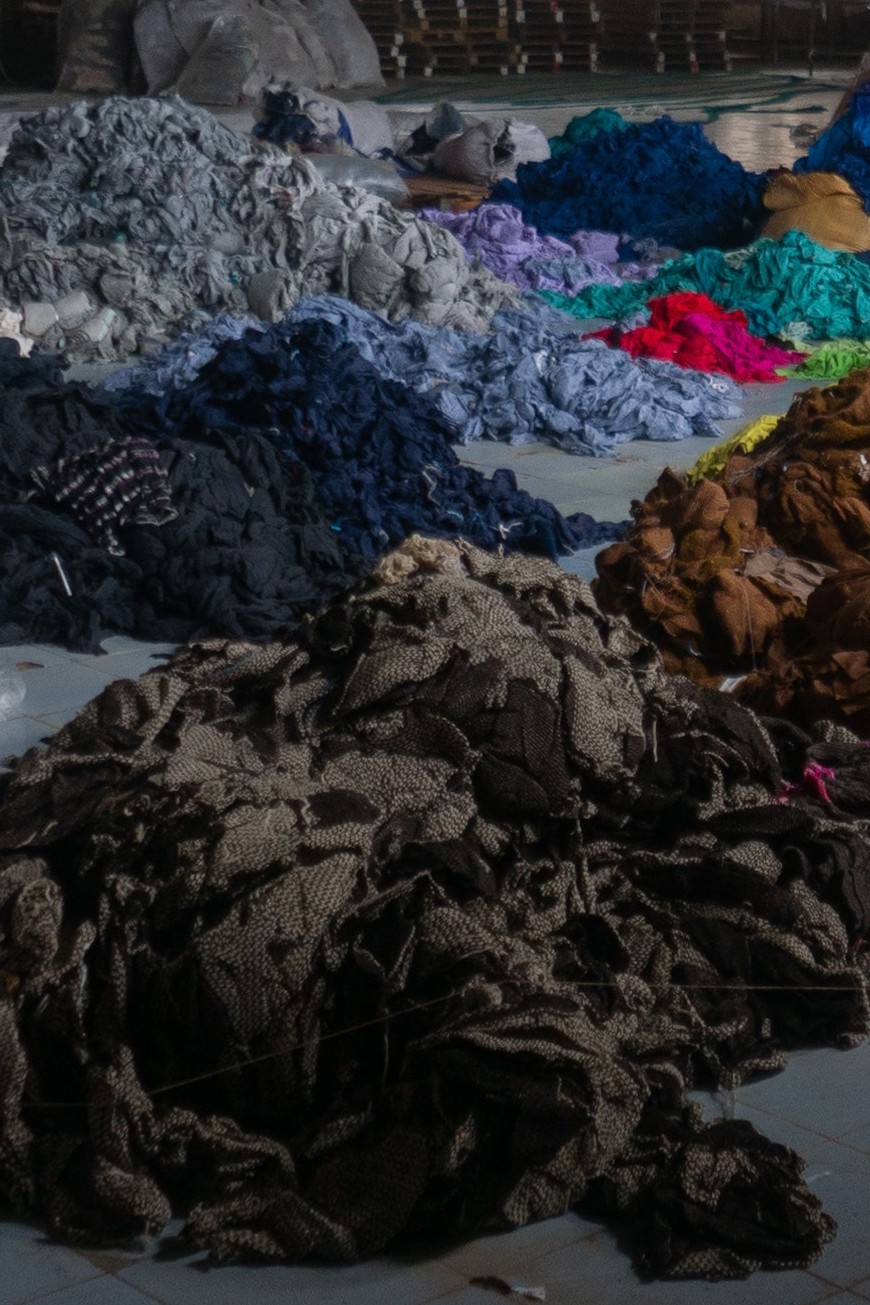
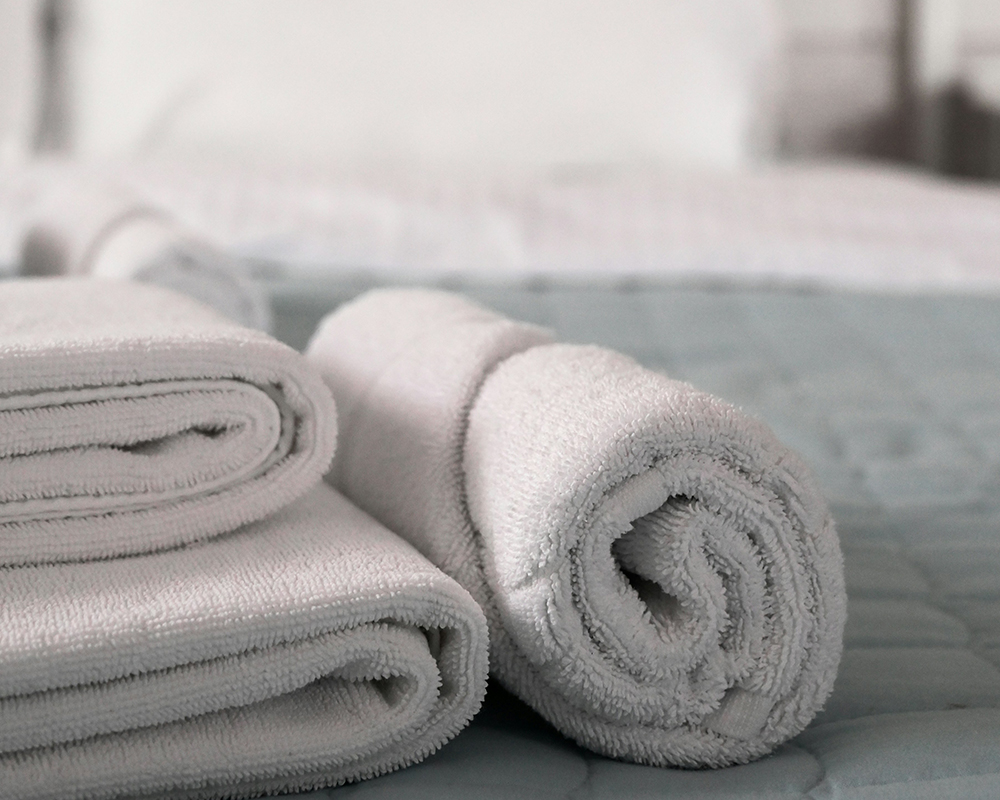
In the industry, techniques are constantly being developed to dispose of fibers from textiles and use them for new textiles. Laundries have an important role in separating end-of-life textiles into different fractions based on how they can be used or fiber recycled and creating collaborations with actors who can take care of the material in the best way.
It is also important to already ensure when purchasing new textiles that they can be recycled or reused when they are discarded, e.g. through material selection, or ease of removing prints and details for reuse/recycling.
Case: Colors that disappear
A common reason why textiles are not reused is that they have company names printed on the chest or back. For example, profile clothes or work clothes used within a regions and municipalities.
In 2020, Vividye received Textilia’s sustainability grant for an innovative technology where prints on textiles can be washed away. In this way, prints on textiles that have been used within an organization can be washed away so that they can be used by other organizations or by private individuals. Read more here.
Finally, it is important that laundries also demand products that are created circularly through the reuse and recycling of textiles by marketing such opportunities to customers.
Case: Textilia Upcy
At Textilia, all used textiles go to their circular initiative Textilia Upcy. The clothes are redesigned in a way where holes that cannot be mended or stains that cannot be washed are separated from whole and clean parts. The parts are redesigned into new textiles and can be brought in as a complement to existing stock, replacement items or as completely new items. 2,000 blouses can be created from striped duvet covers from a hospital and chef’s coats can be derived from restaurant tablecloths. Read more here.
Case: Circular collaborations
Södra has developed processes to recycle textile fibers on an industrial scale.
In its world-unique OnceMore technology, the forestry company Södra can separate cellulose from polyester and recycle the materials so that they can be used for new textiles.
The material has been used in collections by, among others, Lindex. Read more here.
How can the textile service industry contribute to reduced amounts of waste?
Reducing the amount of textiles being discarded, through careful washing, stain-removal and mending, is the most important factor in minimising waste from textile services. Circular handling of discarded textiles, through reuse and recycling, comes next. However, there are other fractions generated within a laundry that can be recycled. Packaging must be sorted into these fractions for material recycling:
- paper and cardboard,
- plastic,
- metal,
- coloured glass,
- clear glass,
- plastic bottles and metal cans intended for a return system
- wood and,
- other packaging material (it can be packaging made of cork, porcelain, ceramics, fabric, etc.)
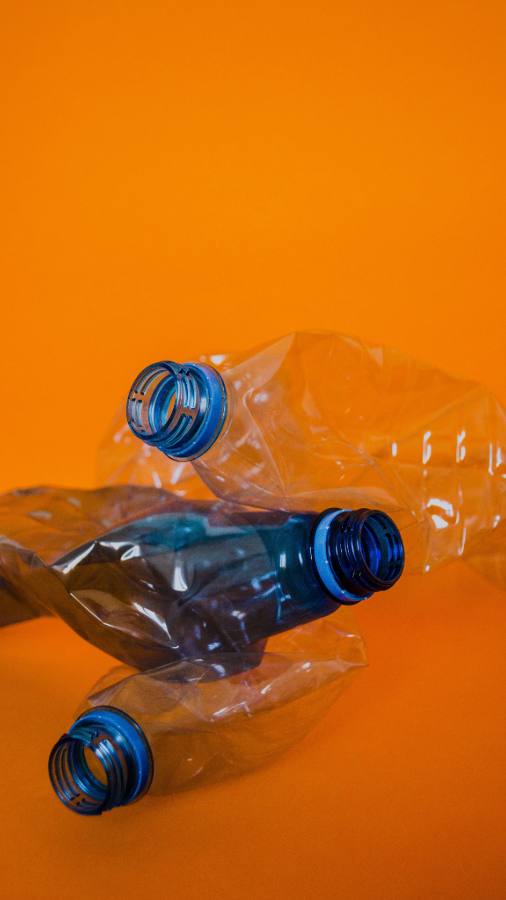
Photo by Zuzanna Szczepańska on Unsplash
Empty containers for washing chemicals may need to be handled as hazardous waste. This also applies to e.g. broken batteries and electrical products such as printers, computers etc.
By using returnable packaging, the amount of waste generated within the business can be reduced. Return packaging must always be cleaned before it is used for clean textiles.
Returnable packaging
Washed clothes must be kept clean until they are used. Therefore, packaging is often used around washed textiles. Using returnable packaging instead of plastic can be a way to reduce the use of resources and reduce the amount of waste.
Quiz – What have we learned about Circularity & Waste?
Why is it important to take care of used textiles in a circular way?
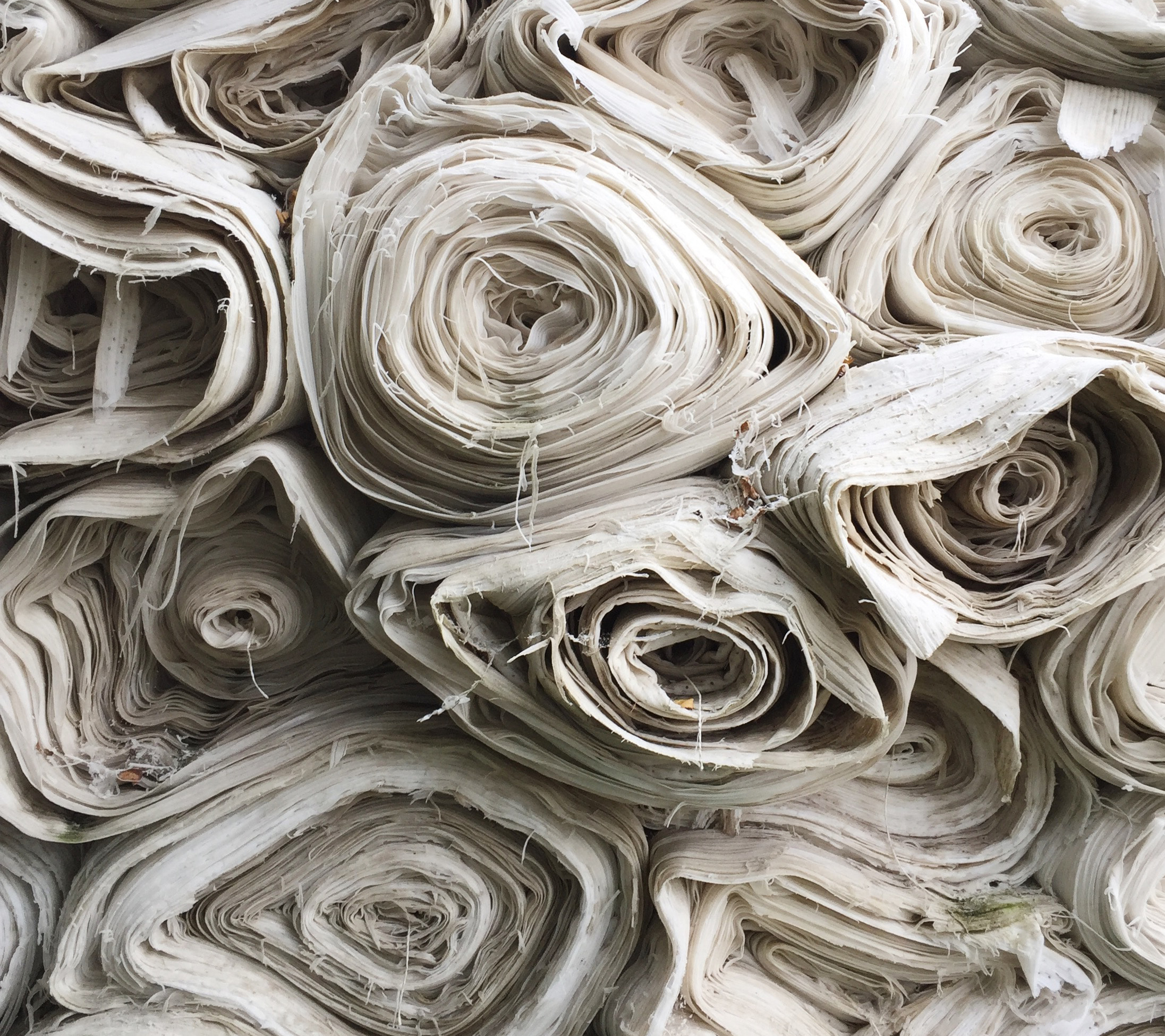 Photo by Ethan Bodnar on Unsplash
Photo by Ethan Bodnar on Unsplash

